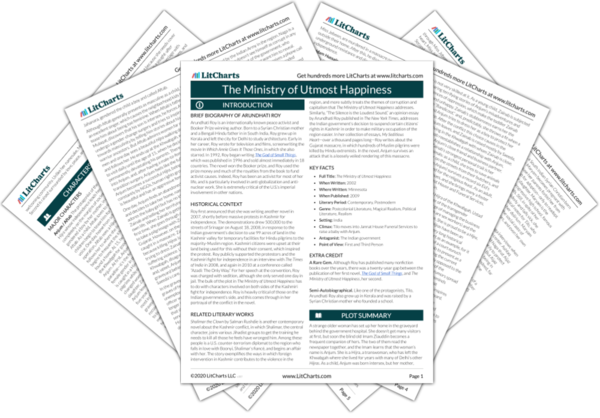In this moment, the filmmakers’ lack of interest in understanding what Anjum really means to say is evidence of their own superficiality, their lack of genuine interest in the causes being protested. In trying to convince everyone to say, “another world is possible,” the filmmakers likely mean to encourage their viewers to believe in the possibility of a better world. So when Anjum says that she and her party have come from “the other world,” readers can interpret that as meaning she has come from the better, different world that the documentarians are encouraging their viewers to imagine. In a way, this is true: Anjum comes from a tiny world in which the caste system, corruption, and other forms of oppression are simply non-issues.


